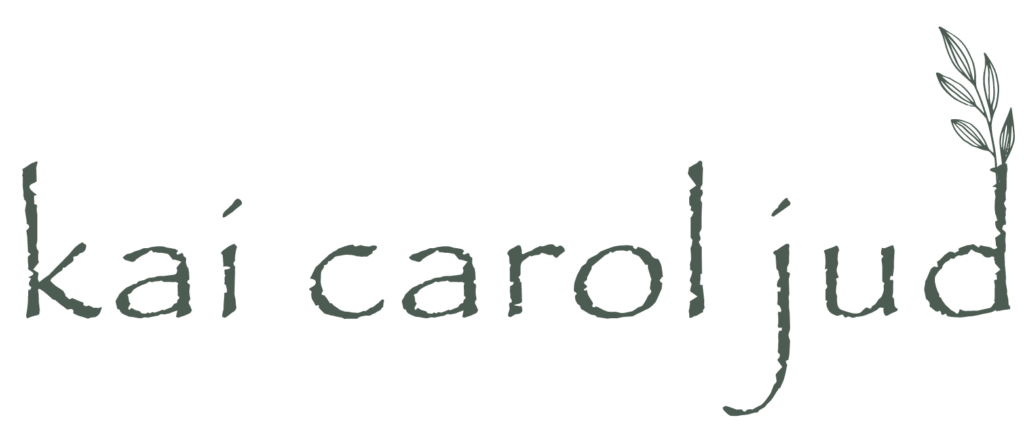We live in a world of duality — up and down, right and wrong, young and old, alive and dead. To live successfully and navigate safely in our world, we must honor the rules of duality. Yet, seeing the world only from this dual perspective limits our understanding of the deeper matrix of our reality.
When we think about light, we have to acknowledge that dark exists. Otherwise, light would have no meaning. Peace means the absence of war. It seems that we need war to understand what peace is. Things get more complicated when we talk about right and wrong. What might be right for me might not seem right for another person.
But simply thinking of trying to find the middle way between the two puts us into an area of grey that doesn’t express the essence of either of the energies. How do we get beyond either/or thinking to find better ways of connecting with our families, co-workers, and the world?
Studying the Two of Swords can give us a deeper understanding of how to see beyond duality.
The 2 of Swords features a woman in a white gown sitting still on a stone bench in front of the water dotted with rocks representing obstacles in her way. Each of the woman’s hands holds a sword pointing upward, and her arms are crossed in front of her heart. A white cloth covers her eyes, and a waxing, yellow crescent moon, representing intuition, shines in the upper right corner.
When faced with difficult situations, we often think of the solution in terms of black and white. Either I do this thing that I don’t want to do or that thing that I don’t want to do. Sometimes, the solution is looking for the third situation by bringing the two polarities together in a third place, which was not evident before.
In the 2 of Swords, the woman has brought the hands holding the swords to her heart. She brings her emotions, intuition, thoughts, and spiritual connection into one place. The blindfold over her eyes allows her to look inward and listen. From here, she is no longer pulled in contrary directions but can find a new way, a third way that considers the needs of both extremes, honoring them both but breaking out of the old way of seeing.
There is a powerful transformation in seeing reality outside of the cultural constraints while attending to the needs of both sides of the question.
The either/or stance that has become prevalent in our culture is dangerous. It encourages us to see others with differing opinions as enemies. When we really listen, not simply with our minds but with our hearts, we begin to see our connections, perhaps even the seemingly insignificant places where we agree. When we listen with our hearts, we feel our pain and the pain of the other, and we remember we are all struggling with the challenges of being human. When we listen with our hearts, we recognize the complexity of being human and the simplicity of knowing we are all connected. Life is still complicated, but we have a new pathway for the almost eight billion people on our planet, and we can remember that we are walking this life path together.

